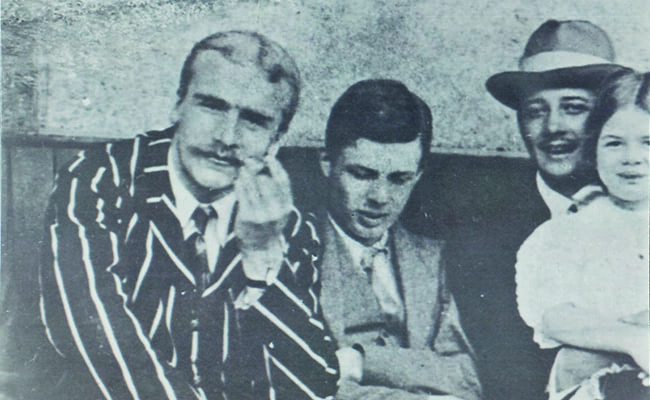Ectogenesis - the gestation of human embryos in artificial circumstances outside a human uterus - is a term coined in 1923. It made its first appearance in the science fiction essay Daedalus, or, Science and the Future by British scientist J. B. S. Haldane.
Haldane sets the fictional essay background as if it was written by an undergraduate student in the year 2073 (150 years from 1923). In the essay, this student describes the birth of the first ectogenetic child which took place in 1951. Ectogenesis is "now universal" in 2073. In England alone, more than 70% of babies are "born" from artificial wombs. In the world this essay describes, people have stopped procreating with the "former instinctive cycle" altogether and turned to ectogenesis. Regarding that, Haldane expressed some regrets but concluded that "it is generally admitted that the effects of selection have more than counterbalanced these evils" (source: Brandy Schillace).
It is interesting that the term 'ectogenesis' was coined from a science fiction essay, instead of a hard academic paper. And even more fascinating is that Haldane's acquaintance Aldous Huxley built a fiction from science. Science goes with fiction quite well, it seems. Thanks to these two great minds, we now have this compelling essay and a book titled Brave New World.
This article is part of the Artificial Womb research project by NNN. The goal of this project is to develop thought-provoking scenarios that facilitate a much-needed discussion about the way technology radically alters our attitude towards reproduction, gender, relationships and love in the 21st century. We highly value your feedback or input, contributions can be sent to womb@nextnature.net.
Image: J.B.S Haldane (left) with Aldous Huxley (centre), and Lewis Gielgud, at Oxford in 1914 (Image: The Wellcome Library, and London / Cold Spring Laboratory Library and Archives)

Share your thoughts and join the technology debate!
Be the first to comment